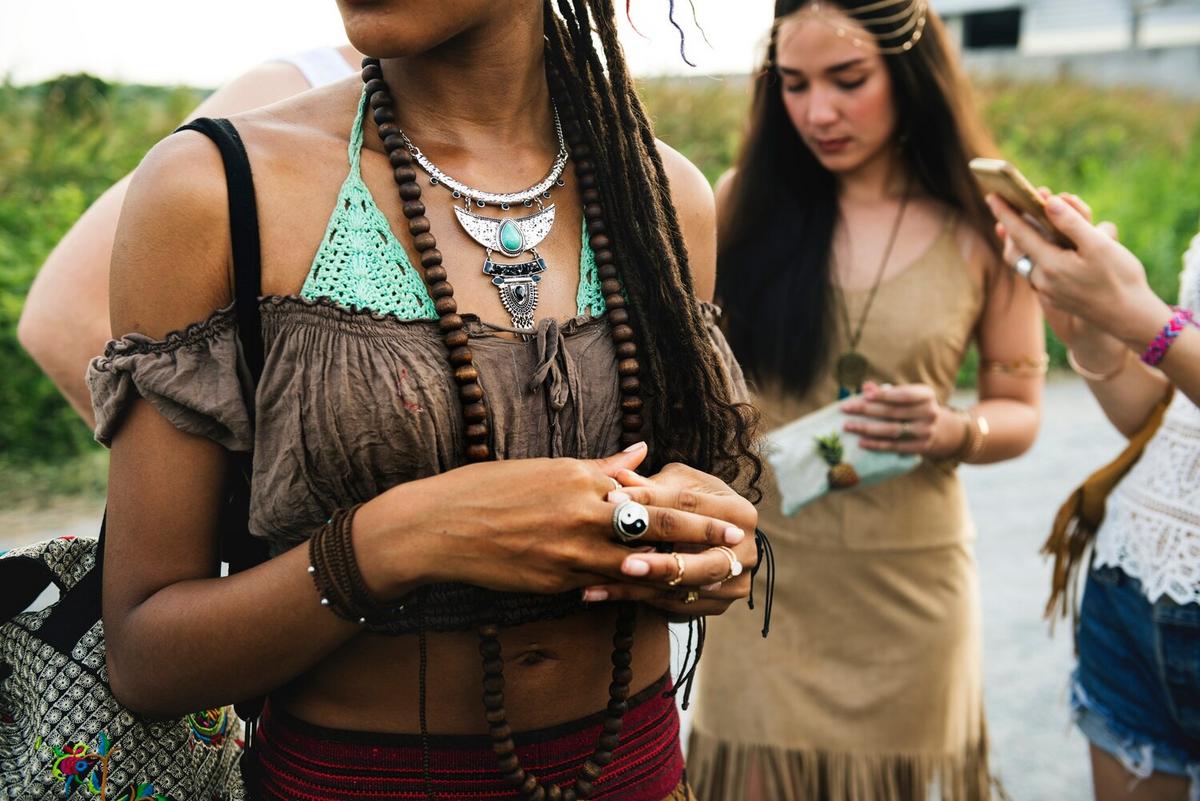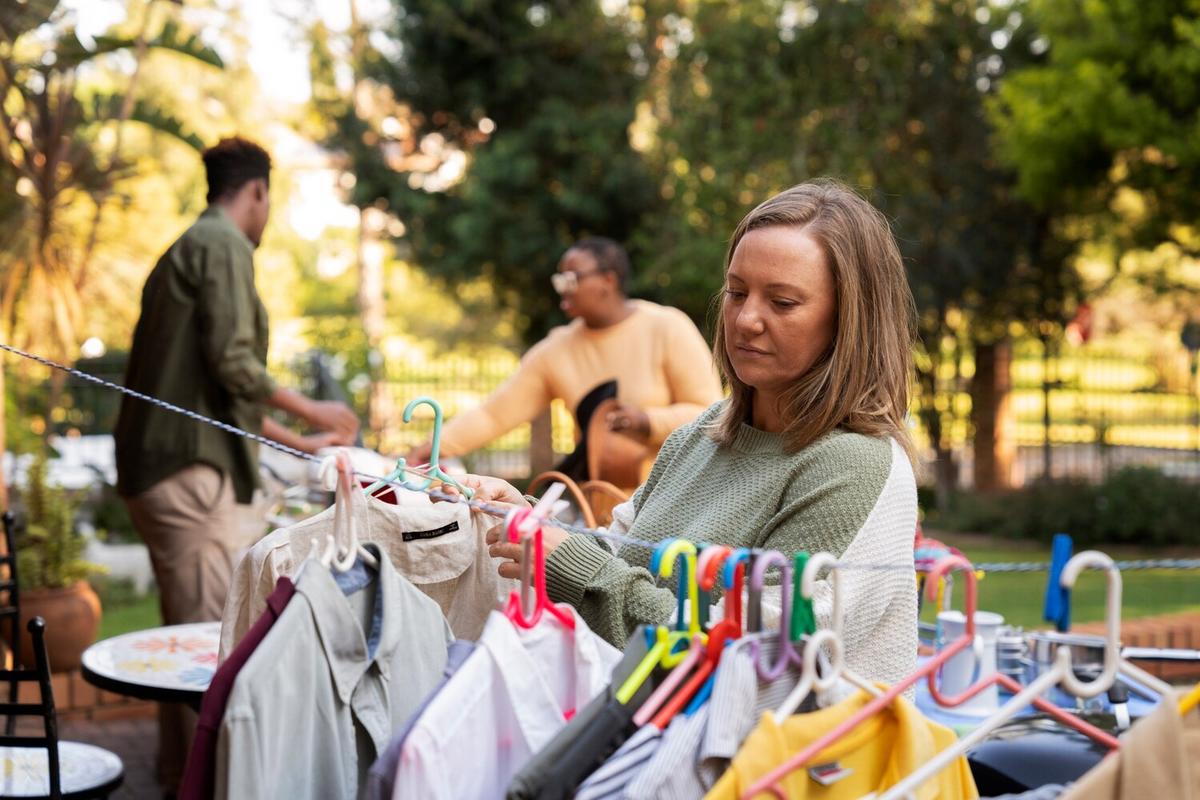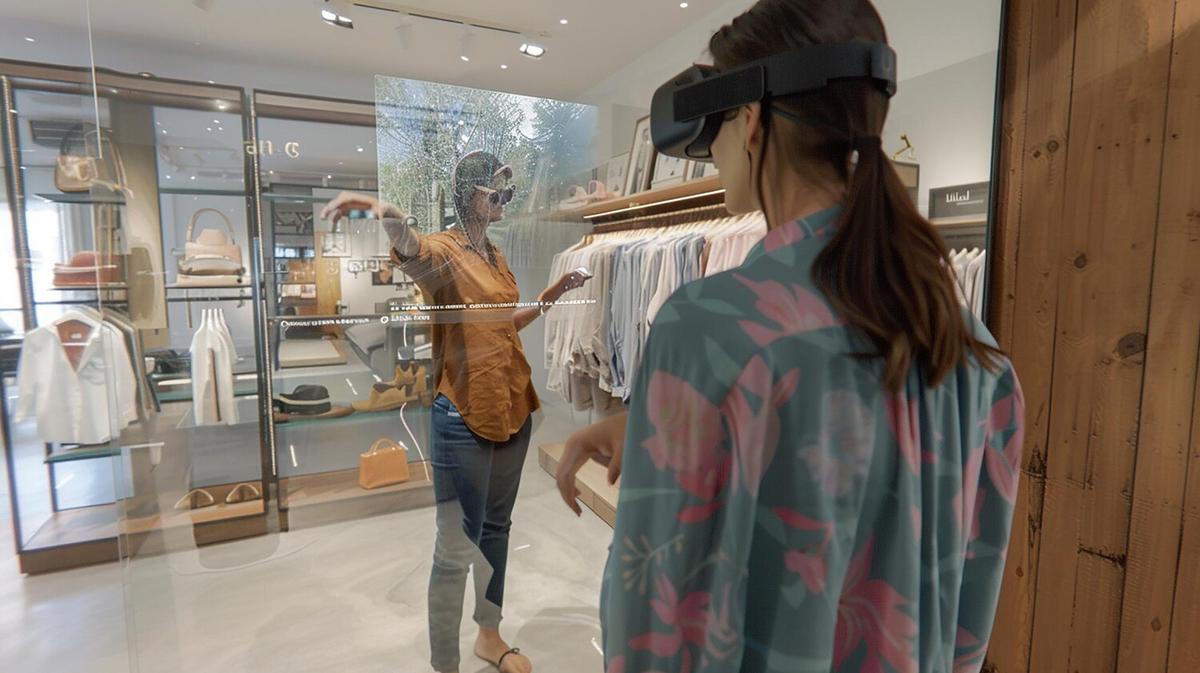
Exploring Indigenous Fashion Designers Making a Mark
Indigenous fashion designers are increasingly making their mark in the global fashion industry by weaving their rich cultural heritage into contemporary designs. This intersection of tradition and modernity not only celebrates their roots but also introduces a fresh perspective to fashion enthusiasts worldwide.
The Rise of Indigenous Fashion Designers
In recent years, the fashion industry has witnessed a remarkable surge in the recognition of indigenous designers. These creators are not just showcasing their talent but are also highlighting the unique cultural narratives of their communities. According to a report by the Fashion Industry Association, the indigenous fashion market has grown by approximately 30% over the past five years, indicating a growing appreciation for culturally infused designs.
Expert Insights
Fashion historian Dr. Emily Thompson notes, “Indigenous fashion designers are redefining the industry by integrating traditional craftsmanship with contemporary aesthetics. This fusion not only preserves cultural identities but also appeals to a global audience seeking authenticity.” Such insights reinforce the importance of cultural representation in fashion.
Personal Stories and Examples
Consider the journey of designer Maria Lopez, who draws inspiration from her native community’s vibrant textiles and intricate beadwork. Her collections have gained international acclaim, demonstrating how personal heritage can resonate on a global stage.
Actionable Tips for Aspiring Designers
- Embrace your cultural heritage: Incorporate traditional elements into your designs to create unique and meaningful pieces.
- Network within indigenous communities: Building a strong support system with fellow designers can provide valuable opportunities and collaborations.
- Leverage social media: Platforms like Instagram and TikTok are excellent for showcasing your work and connecting with a wider audience.
Table: Comparison of Indigenous Fashion Markets
| Region | Popular Elements | Market Growth |
|---|---|---|
| North America | Beadwork, Leather | 25% |
| South America | Textiles, Natural Dyes | 30% |
| Africa | Prints, Jewelry | 35% |
| Australia | Bark Designs, Painting | 28% |
| Asia | Silk, Embroidery | 32% |
| Europe | Wool, Lace | 20% |
| Oceania | Tattoo Patterns, Weaving | 22% |
| Arctic | Fur, Ivory | 18% |
Frequently Asked Questions
What defines indigenous fashion?
Indigenous fashion is characterized by the use of traditional materials, techniques, and motifs that reflect the cultural heritage of indigenous communities.
How can consumers support indigenous designers?
Consumers can support indigenous designers by purchasing their products, promoting their work on social media, and educating themselves about the cultural significance of their designs.
Why is cultural representation important in fashion?
Cultural representation in fashion is crucial as it promotes diversity, preserves cultural heritage, and fosters a deeper understanding and appreciation of different cultures.
Conclusion: Celebrating Diversity in Fashion
Indigenous fashion designers are making significant strides in the industry by blending tradition with innovation. Their work not only enriches the fashion landscape but also offers consumers a chance to connect with diverse cultural stories. By supporting these designers, we can contribute to a more inclusive and representative fashion world.


